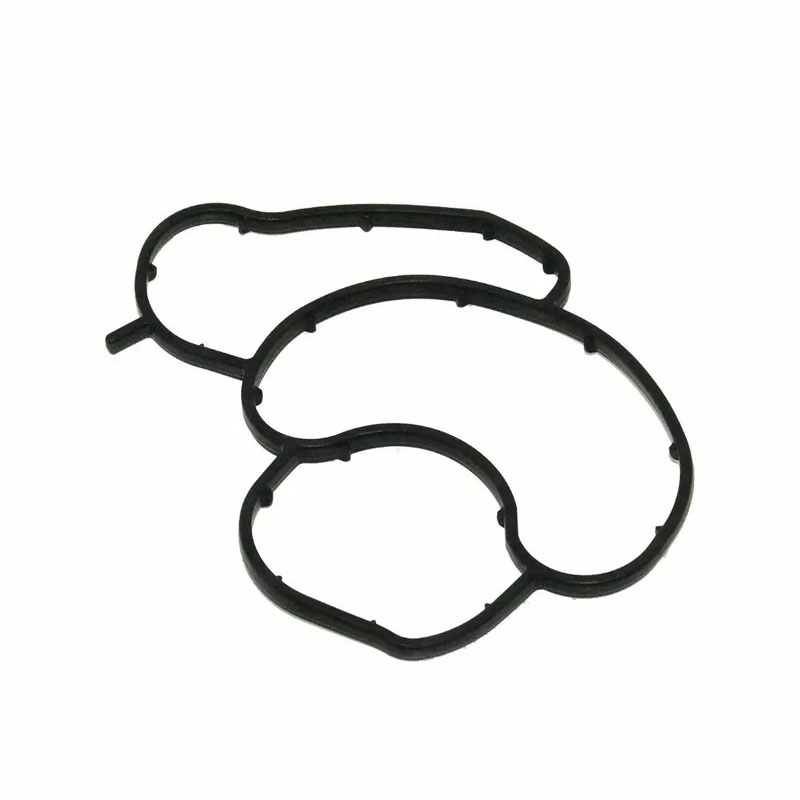Common Issues and Solutions for VW Crankshaft Seals in Automotive Applications
Understanding the VW Crankshaft Seal Importance and Maintenance
The crankshaft seal is a vital component in any engine, and the Volkswagen (VW) lineup is no exception. This small yet crucial part is responsible for preventing oil leaks from the engine while keeping contaminants like dust and dirt from entering the lubrication system. In this article, we will explore the significance of the VW crankshaft seal, typical signs of failure, and maintenance tips to ensure your engine runs smoothly.
The Role of the Crankshaft Seal
Located at both the front and rear of the crankshaft, the crankshaft seal plays a critical role in maintaining the integrity of the engine's oil system. The front seal typically prevents oil from leaking out of the timing cover, while the rear seal is situated at the back of the engine, adjoining the transmission. By keeping the engine oil contained, the crankshaft seal ensures proper lubrication of engine components, minimizes friction, and ultimately extends the lifespan of the engine.
Symptoms of a Failing Crankshaft Seal
As with any mechanical part, wear and tear can lead to the eventual failure of the crankshaft seal. Recognizing the symptoms of a faulty seal is important for timely intervention. Common indicators of a failing crankshaft seal include
1. Engine Oil Leaks Perhaps the most noticeable symptom is the presence of oil puddles or spots beneath your vehicle. If the oil level on your dipstick is lowering much faster than usual, this could be a sign of a failing crankshaft seal. 2. Oil Stains Around the Engine Even if you don’t see oil under the car, oil stains or a greasy residue around the engine components can suggest that the crankshaft seal is leaking.
3. Increased Engine Noise A compromised seal may also lead to decreased oil pressure, which can result in unusual noises from the engine due to inadequate lubrication.
vw crankshaft seal

4. Warning Lights In modern VW vehicles equipped with engine management systems, a malfunction in the lubrication system could trigger warning lights on the dashboard.
Maintenance Tips
Maintaining your VW’s crankshaft seal is essential for prolonging engine life and performance. Here are some tips to ensure its longevity
- Regular Oil Changes Keeping your engine oil at the recommended level and changing it at regular intervals can help prevent excessive wear on the crankshaft seal and other engine components.
- Monitor Oil Levels Regularly check your oil levels and look for any signs of leaks or degradation in oil quality. Early detection can save you from costly repairs.
- Professional Inspections If you notice any of the above symptoms, it is wise to consult a qualified mechanic. They can perform a thorough inspection and replace the crankshaft seal if necessary.
In conclusion, the VW crankshaft seal is a small component with big responsibilities. Ensuring its proper function through routine maintenance and monitoring can prevent engine oil leaks and major engine damage. Whether you drive a classic Beetle or a modern VW model, being vigilant about the health of your crankshaft seal will help keep your vehicle running smoothly for many miles to come.
-
Simplifying Oil Changes: A Comprehensive Guide to Oil Drain Plugs and Their Variants
News Aug.04,2025
-
Mastering Oil Drain Maintenance: Solutions for Stripped, Worn, and Upgraded Oil Plugs
News Aug.04,2025
-
Fixing Oil Pan Plug Issues: Leaks, Stripped Nuts, and the Right Replacement Solutions
News Aug.04,2025
-
Everything You Need to Know About Oil Drain Plugs: Sizes, Fixes, and Upgrades
News Aug.04,2025
-
Choosing the Right Oil Drain Plug: A Guide to Sizes, Materials, and Drain Innovations
News Aug.04,2025
-
A Complete Guide to Automotive Drain Plugs: Types, Problems, and Innovative Solutions
News Aug.04,2025
-
The Ultimate Guide to Car Repair Kits: Tools and Essentials Every Driver Should Own
News Aug.01,2025
Products categories















